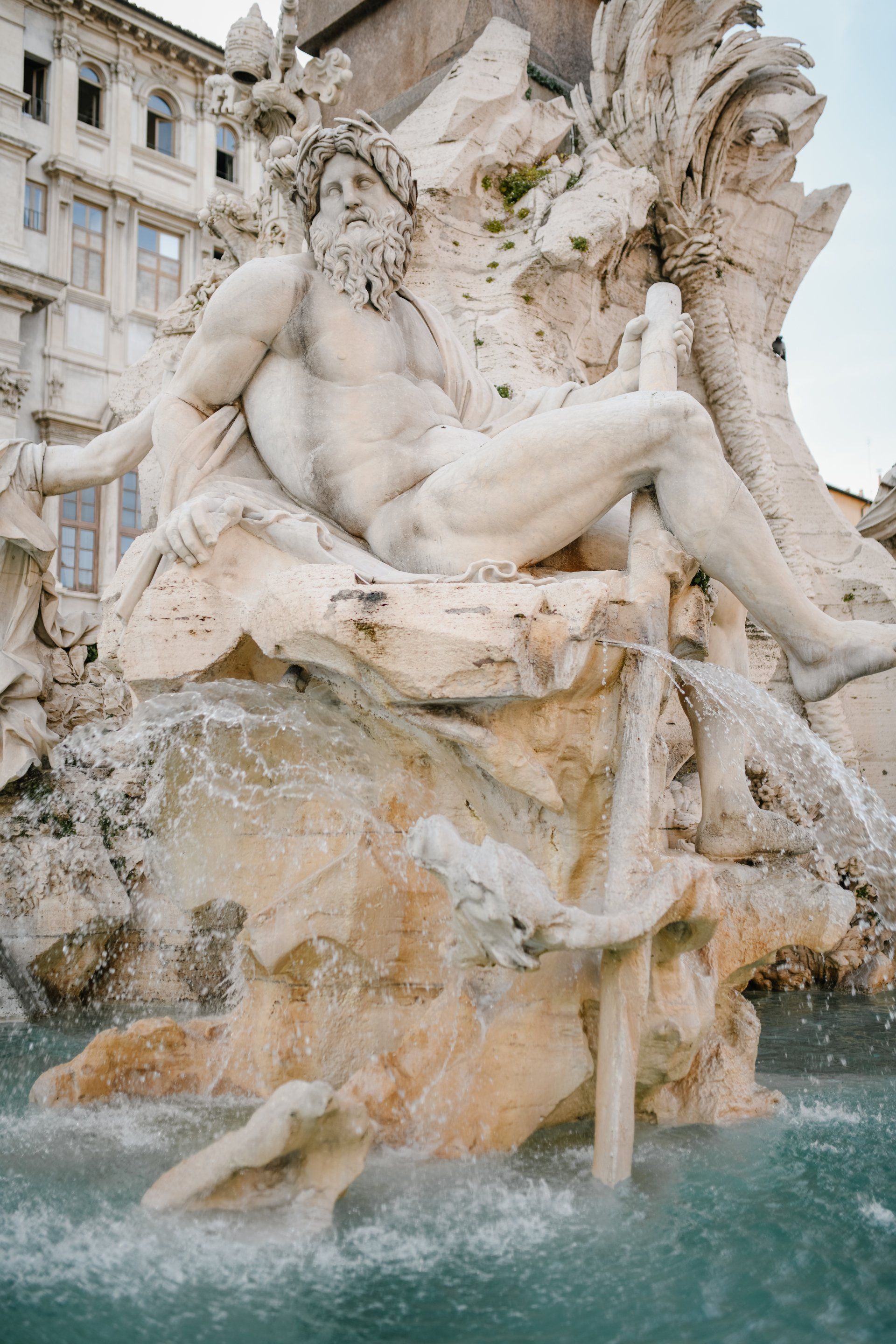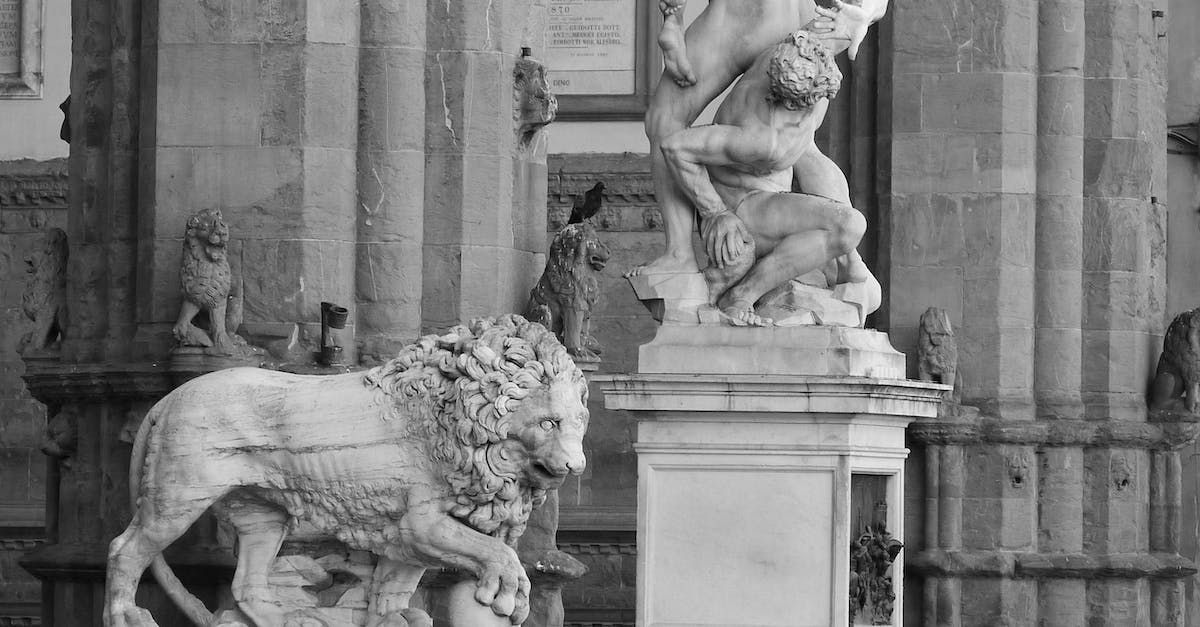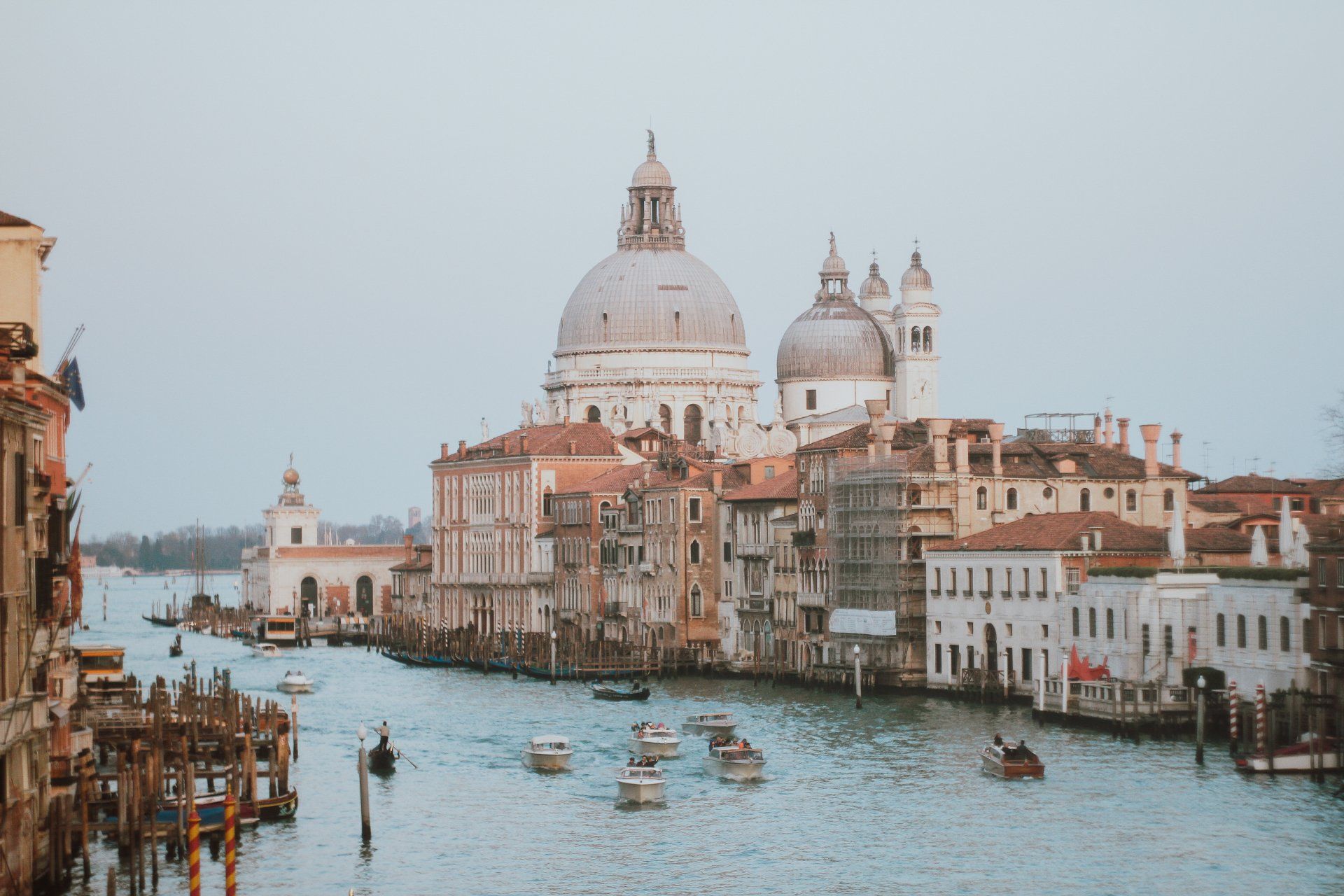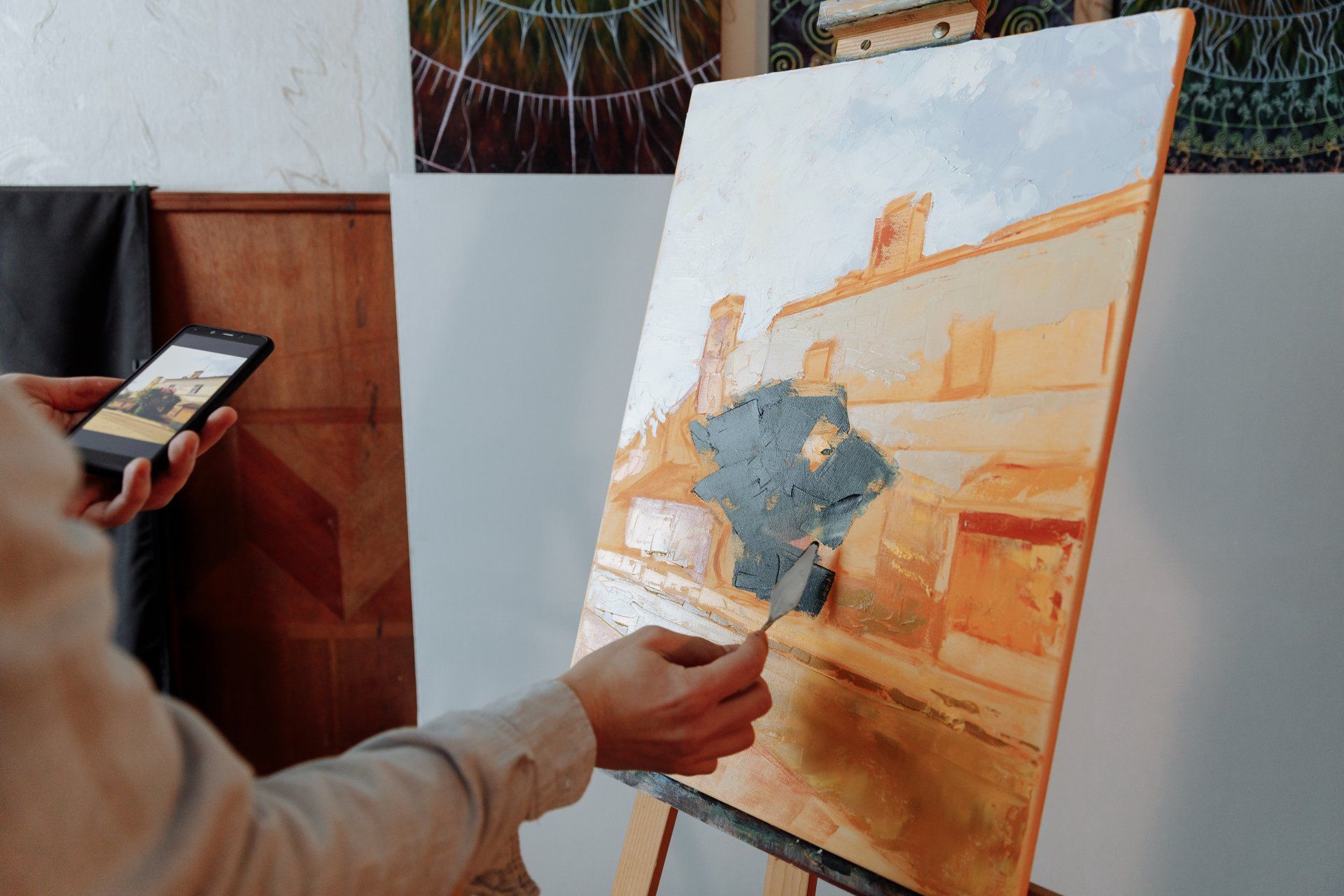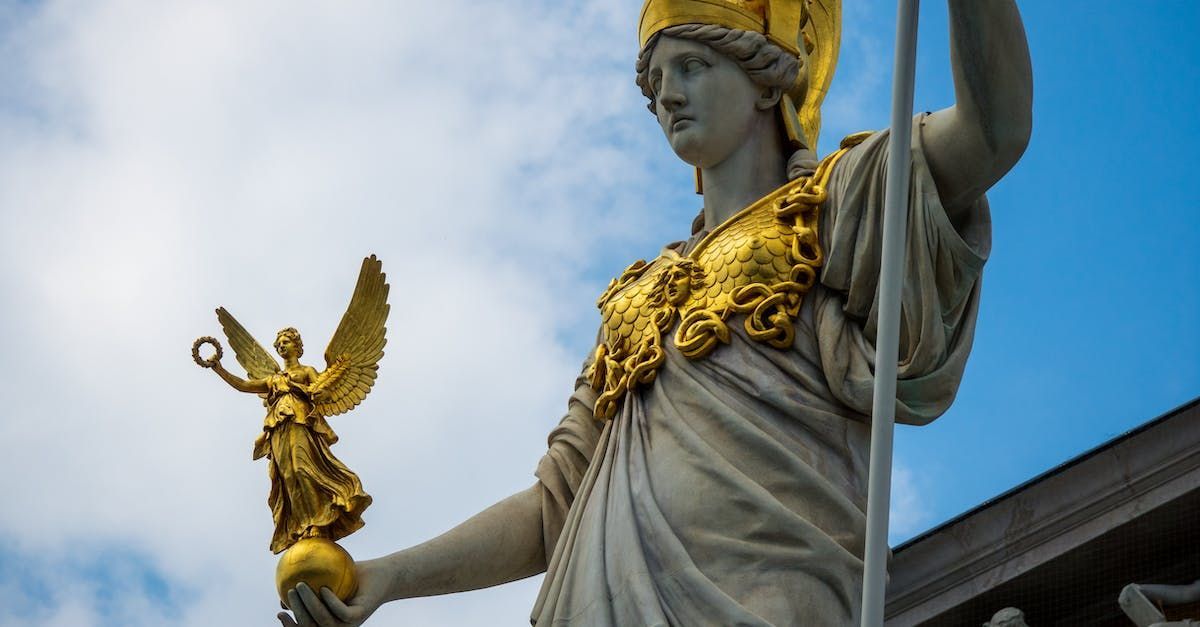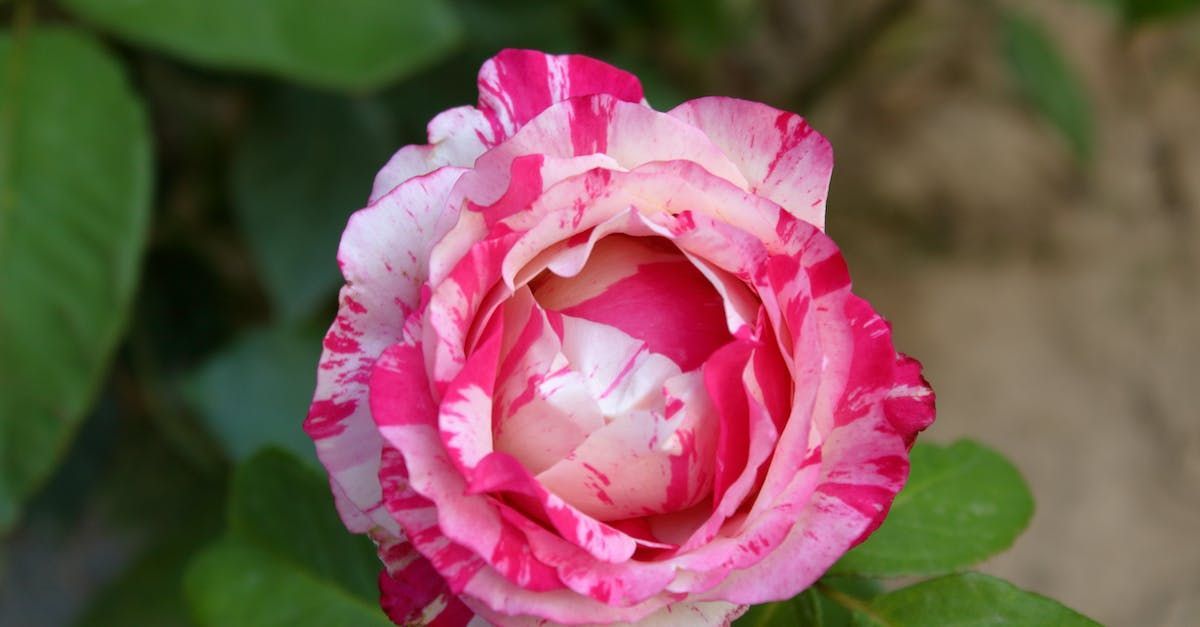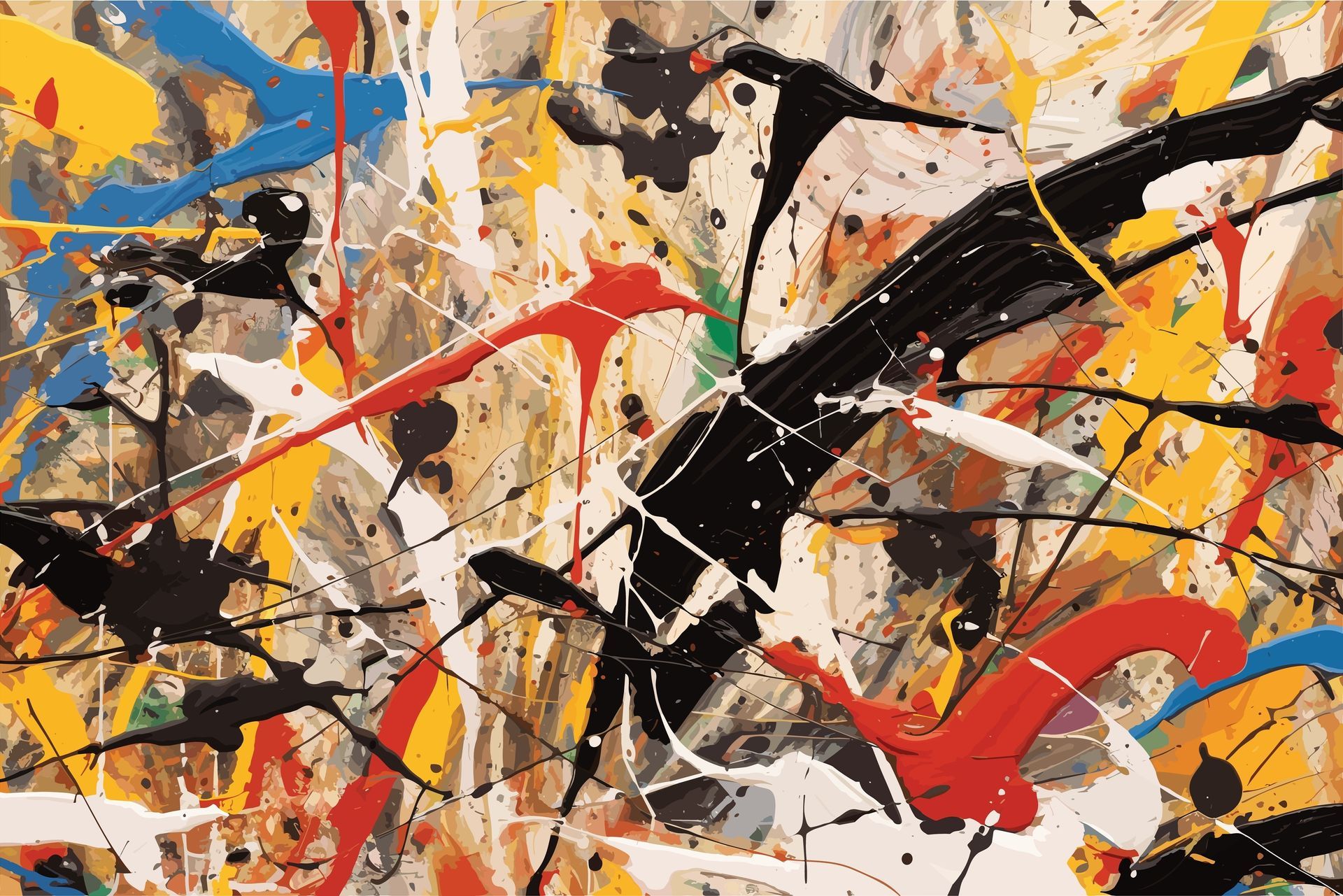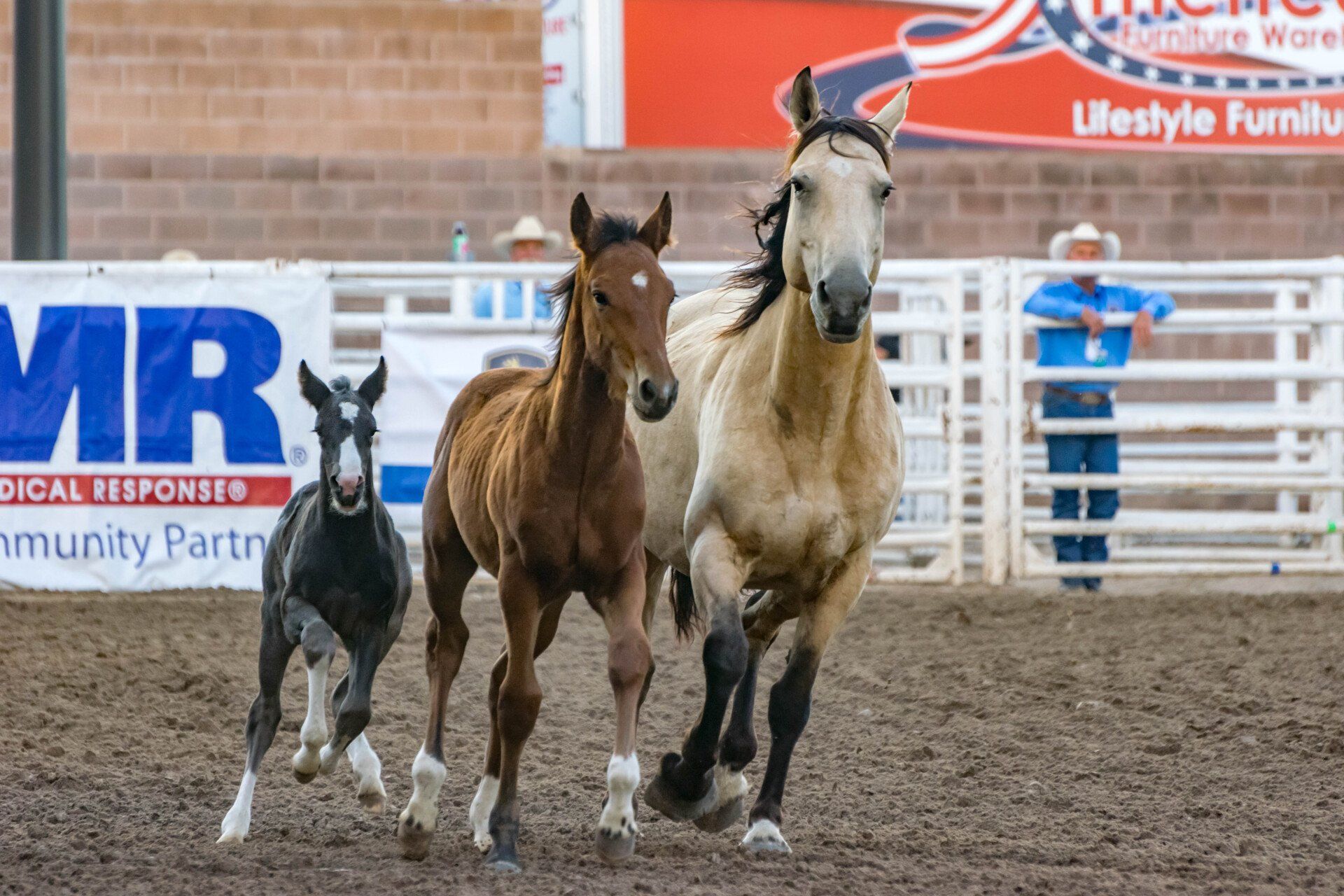Martin LaCasse
LaCasse's contemporary Western art showcases his unique style and interpretation of cowboy life. His paintings often depict working cowboys and ranch scenes, capturing the spirit of the American West.
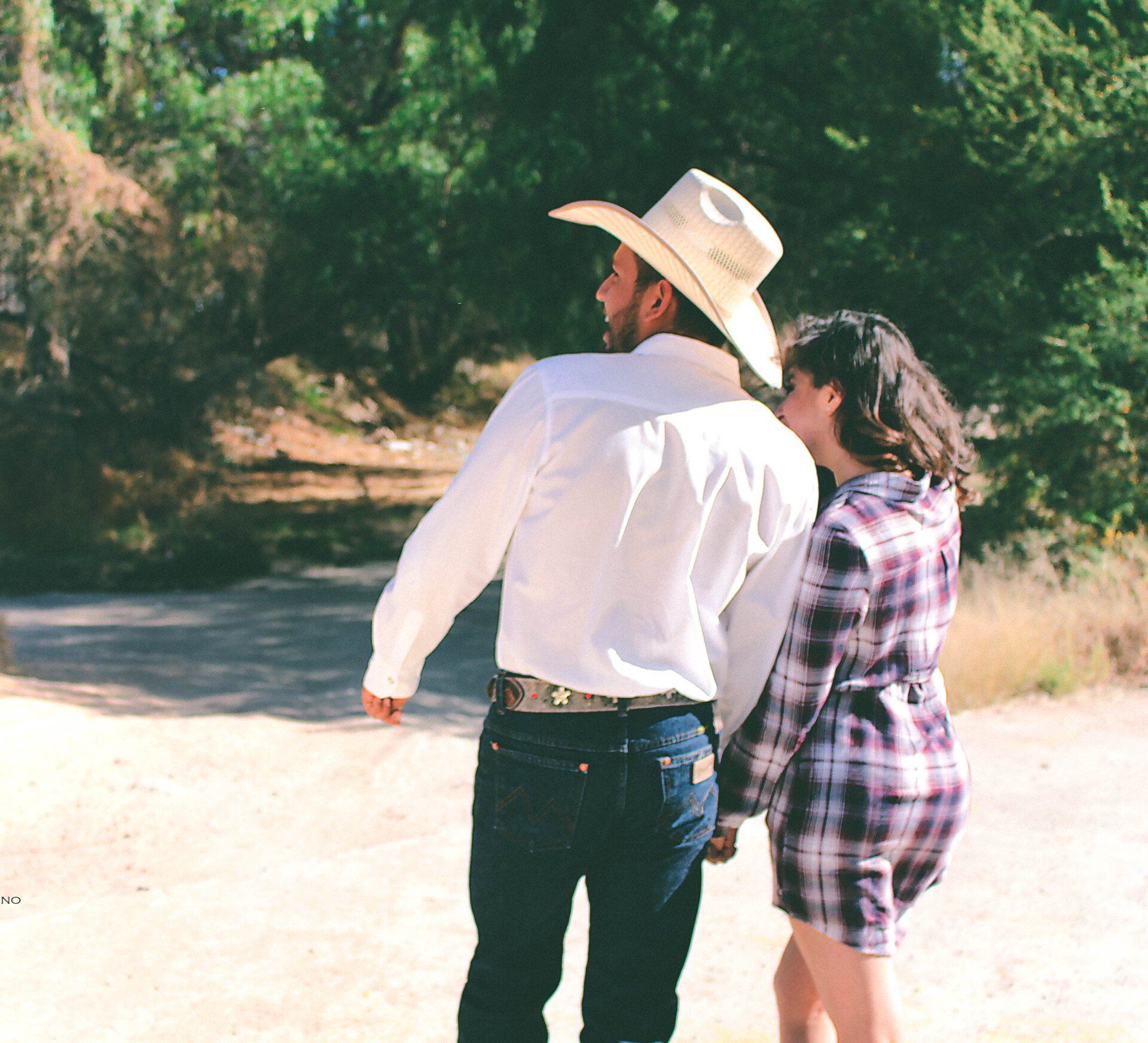
Martin LaCasse is a contemporary artist known for his unique style and interpretation of cowboy life in his Western art. His paintings offer a fresh perspective on the cowboy culture, showcasing the spirit and vibrancy of the American West. This article explores LaCasse's artistic style, his portrayal of working cowboys and ranch scenes, and his ability to capture the essence of the American West.
Unique Style and Interpretation:
Martin LaCasse's artwork stands out for its distinctive style and interpretation of the cowboy lifestyle. His artistic approach blends elements of realism with a touch of impressionism, creating a visual experience that is both dynamic and engaging. Through bold brushwork, vibrant colors, and a keen sense of composition, LaCasse brings his subjects to life, offering a fresh perspective on the traditional imagery of the American West.
Depiction of Working Cowboys and Ranch Scenes:
LaCasse's paintings often focus on working cowboys and ranch scenes, showcasing the everyday lives and tasks of those who work the land. Whether it's herding cattle, roping, or tending to horses, his artwork captures the authentic moments and actions that define cowboy life. By emphasizing the labor and dedication of working cowboys, LaCasse provides viewers with a genuine glimpse into the challenges and rewards of this way of life.
Capturing the Spirit of the American West:
One of the remarkable aspects of LaCasse's art is his ability to capture the spirit and energy of the American West. Through his brushstrokes and use of color, he conveys the dynamism and vitality of the Western landscape. Whether it's the wide-open prairies, rugged mountain ranges, or vast skies, his paintings evoke a sense of grandeur and freedom associated with the West.
Preserving Cowboy Heritage:
LaCasse's artwork serves as a means of preserving and celebrating the cowboy heritage. Through his interpretation, he pays homage to the traditions, values, and character of the cowboy culture. His paintings become a visual record, capturing the spirit of an iconic American way of life and ensuring that it is not forgotten.
Conclusion:
Martin LaCasse's contemporary Western art offers a unique and captivating perspective on cowboy life and the American West. Through his distinct artistic style and interpretation, he brings working cowboys and ranch scenes to life, capturing the spirit, vibrancy, and authenticity of the cowboy culture. His ability to blend realism with elements of impressionism creates an engaging visual experience, transporting viewers to the heart of the American West. LaCasse's art contributes to the ongoing legacy of Western art, preserving and showcasing the beauty, traditions, and enduring spirit of the American cowboy.
